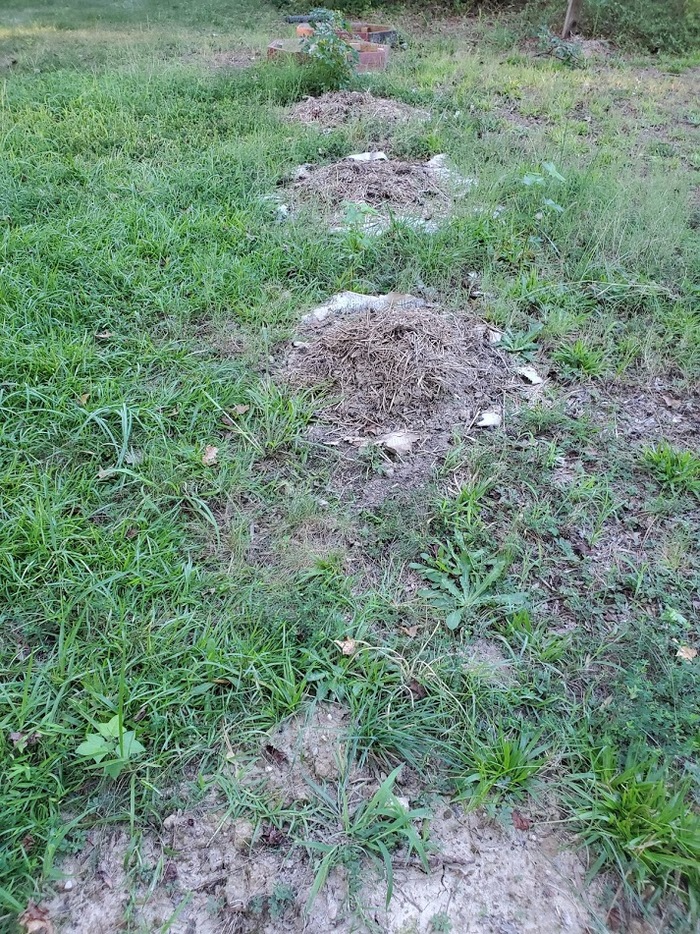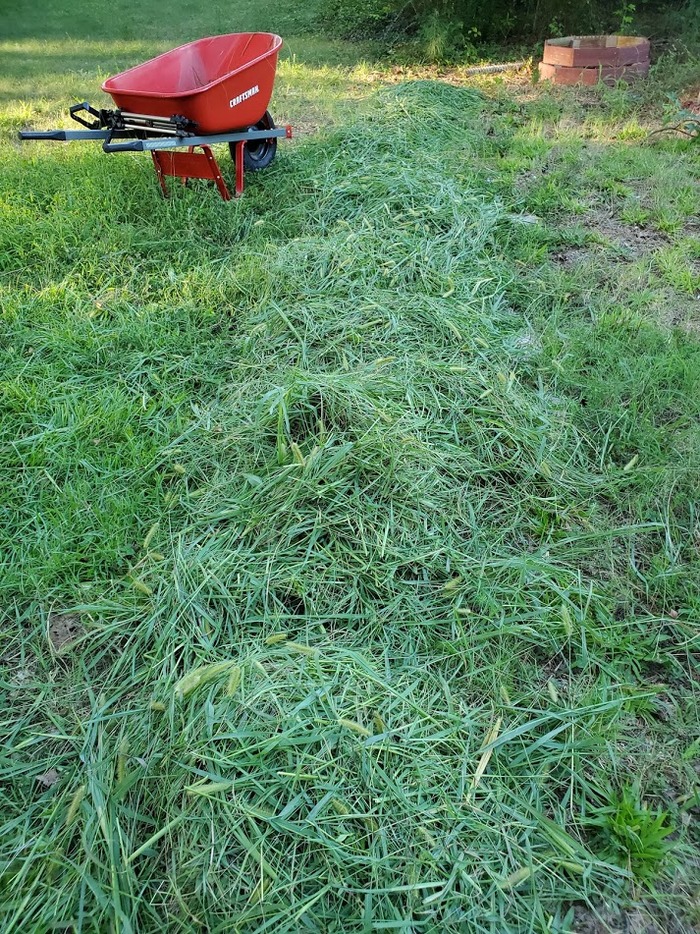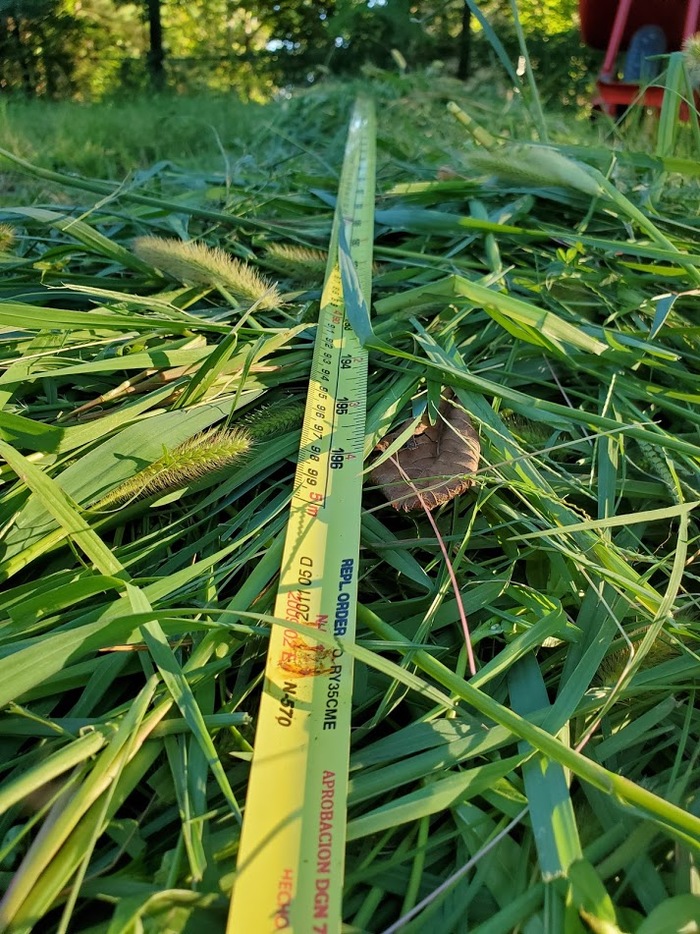
 2
2




_______________
Land Steward


I certify this BB is complete.
 1
1




My PEP Badge Tracker - An easier way to track your PEP Badge Progress. | Wait, wait, wait; What is PEP? | How Permies.com works.
I certify this BB complete!
 3
3




I certify this BB is complete. It also qualifies for the gardening air badge!
 2
2








Please give me your thoughts on my Affordable, double-paned earthbag window concept

















I certify this BB complete!
 1
1




Check out the plans to build your own charka-style spinning wheel from bicycle parts
Explore the intersection of permaculture, community, and the cycle of life at Herland Forest Natural Burial Cemetery and the Windward Education and Research Center
It's hard to tell how big the area is in the pictures. Could you draw lines on the areas if they are fully shown in those pictures or back up to get the whole area in one shot?
Having a "before" picture is a requirement for this BB. But the first picture is near the start of the process so I'll approve it. Thanks for the tape measure pic!
jordan barton approved this submission.




Opalyn Rose wrote:I covered an area 6-ft wide by about 9-ft deep - 54 sf.
Check out the plans to build your own charka-style spinning wheel from bicycle parts
Explore the intersection of permaculture, community, and the cycle of life at Herland Forest Natural Burial Cemetery and the Windward Education and Research Center
 1
1






Weeds are just plants with enough surplus will to live to withstand normal levels of gardening!--Alexandra Petri
Mike Haasl approved this submission.
 2
2




He whai take kore noa anō te kupu mēnā mā nga mahi a te tangata ia e kōrero / His words are nothing if his works say otherwise
Mike Barkley approved this submission.




 1
1




Argue for your limitations and they are yours forever.

|
Life just hasn't been the same since the volcano erupted and now the air is full of tiny ads.
Learn Permaculture through a little hard work
https://wheaton-labs.com/bootcamp
|









